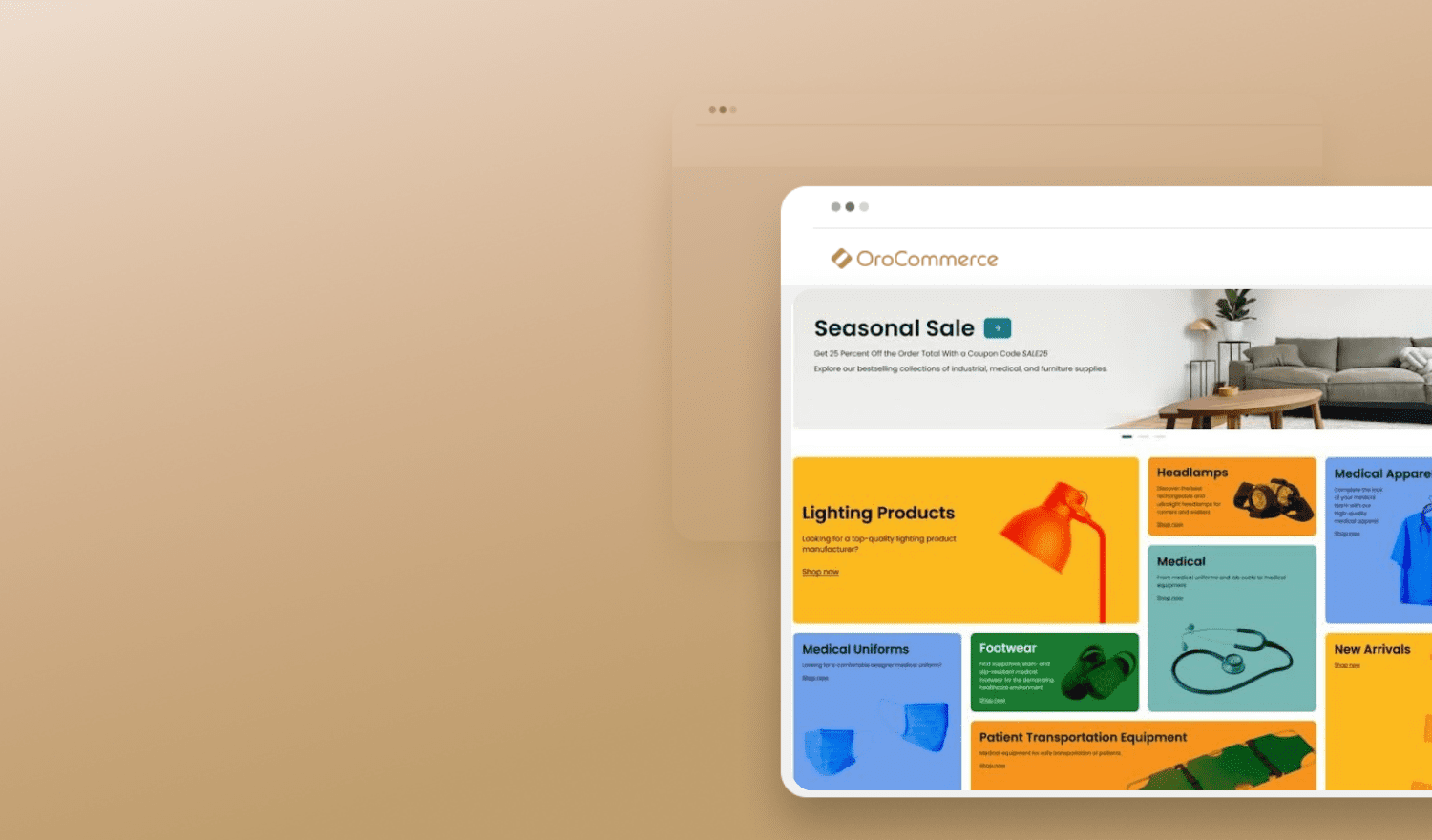This post has been contributed by Craig Witt of Motionpoint.
There are about 3.3 million Hispanic-owned businesses in the United States. This segment is one of the fastest-growing in the U.S. Many of these business owners frequently speak Spanish with their customers and co-workers. Unfortunately, many B2B websites don’t reflect this reality and content doesn’t get translated into Spanish as frequently as it should.
B2C companies are already serving up content in Spanish. B2B companies should follow their lead. Spanish-language websites can help a company stand out and reach more customers by providing an alternative to their English-only sites.
The Opportunity
Just like all business owners, Hispanic business owners research products and assess possible solutions online. But, they have additional needs that might not be fulfilled by the standard English-only website.
Not only are many Hispanic business owners bilingual, they work at maintaining Spanish fluency. It’s one way they actively preserve their culture while still assimilating.
In addition, B2B buyers of all stripes are modeling B2C customer behavior. Just like their consumer counterparts, 90% of B2B buyers conduct internet research before making a purchase. B2B buyers are making their purchases online too. When asked about the effect online content has on their purchasing decisions, 90% give it a “moderate to major” influence. That’s a considerable impact that can’t be ignored.
So, if Hispanic B2B buyers in the U.S. want to access content in Spanish, give them what they want. Provide your online content in Spanish as well as English. You’ll increase your reach and save money as well. A well-crafted digital strategy that targets the Hispanic business owner market will allow your company to:
- Differentiate from the competition by providing Spanish content. Your company will show you better understand their needs.
- Reap the benefits of lower pay-per-click rates and bids on keywords. The competition in the Spanish-language B2B marketplace is less fierce.
- Maximize your budget for paid social media advertising and sponsored content. Just as in search engine marketing, the Spanish-language social market is largely untapped. As a result, advertising costs are less.
Effectively Using Localization
One of the best ways to serve the Hispanic-owned business market is by providing Spanish speakers with a Spanish language version of your website. Start with your existing content. Separate content from code so that you can preserve the UX and functionality of your main site while still delivering translated content.
Next, optimize your translated content for search engines. Don’t forget Spanish-speaking business owners probably use Spanish words to form their web searches. It’s not enough to translate content, you must translate keywords too. This means you must also translate the metadata and “hreflang” tags to boost rankings for your Spanish-language site in search engine results.
Make it as easy as possible to update content. Manual processes are time-consuming and should be avoided. Identify and implement the turn-key workflows and digital solutions that will identify and automatically queue translation of new content.
Look for solutions that will save your translations for later use. Your Spanish-language outreach shouldn’t stop at your website. Saved translations will be invaluable for offline use and use in other channels.
Final Thoughts on the Hispanic B2B Market
The Hispanic B2B market is made up of entrepreneurs that live online just like their B2C counterparts. It’s a fast-growing segment that shouldn’t be ignored. Companies that use translation technologies and localization functionalities to engage the market by delivering a rich online experience in Spanish will have a competitive edge over those that sit on the sidelines of the highly competitive B2B playing field. Where will you sit?



